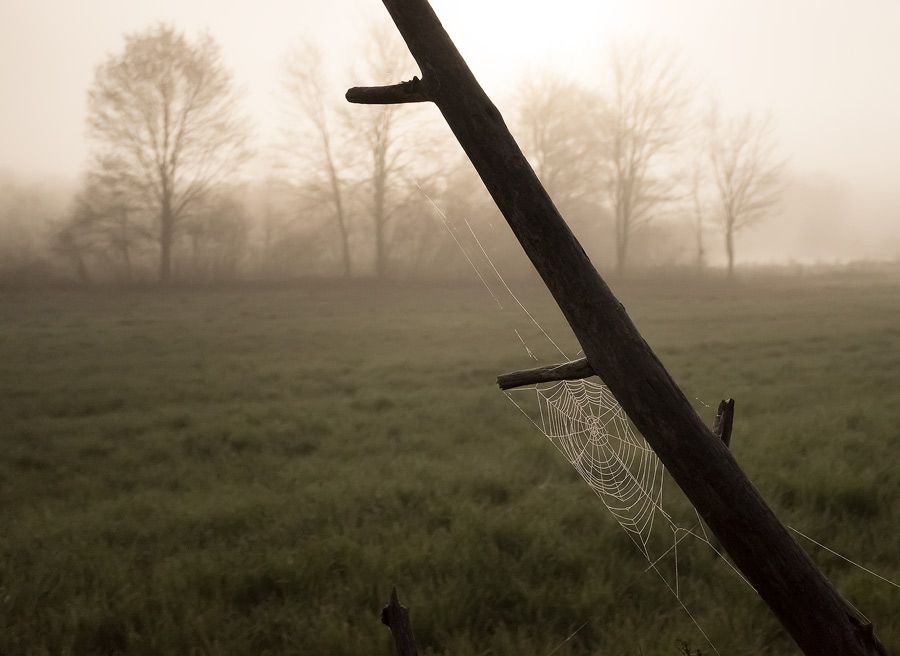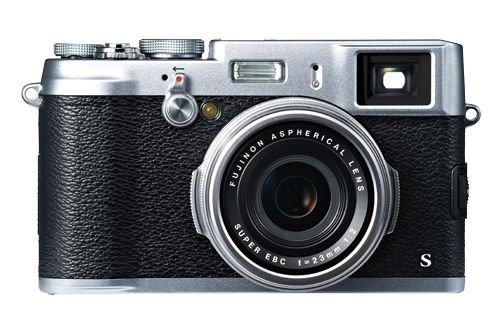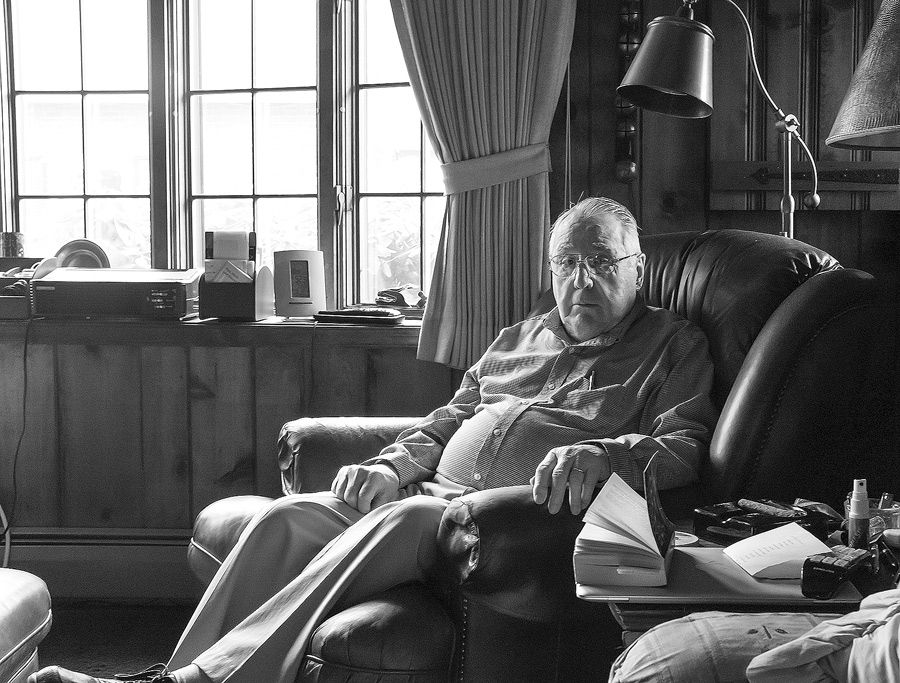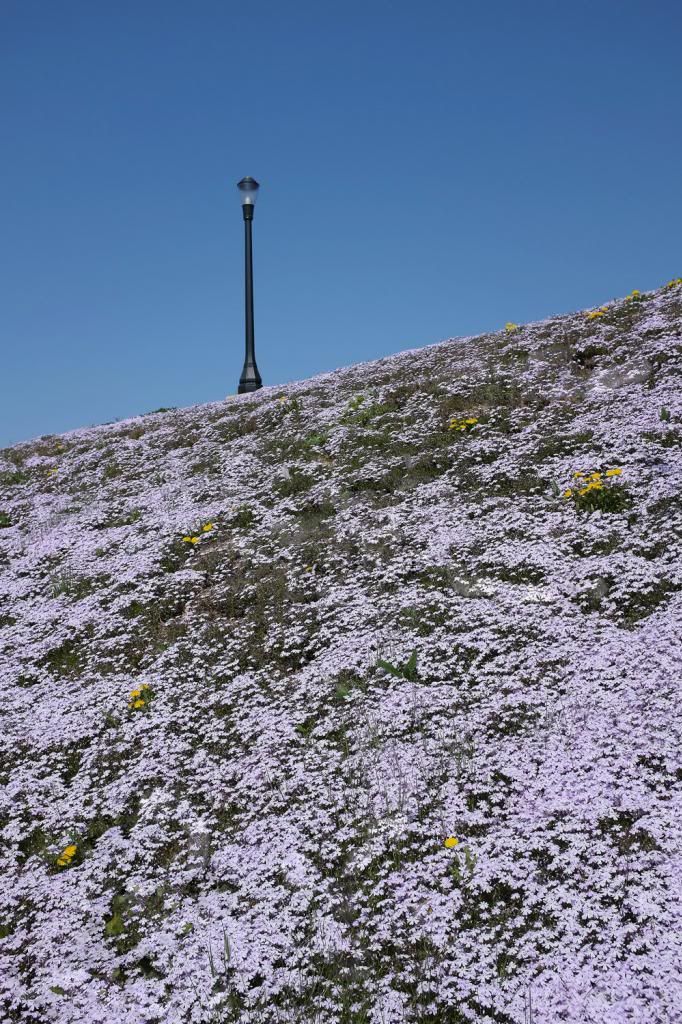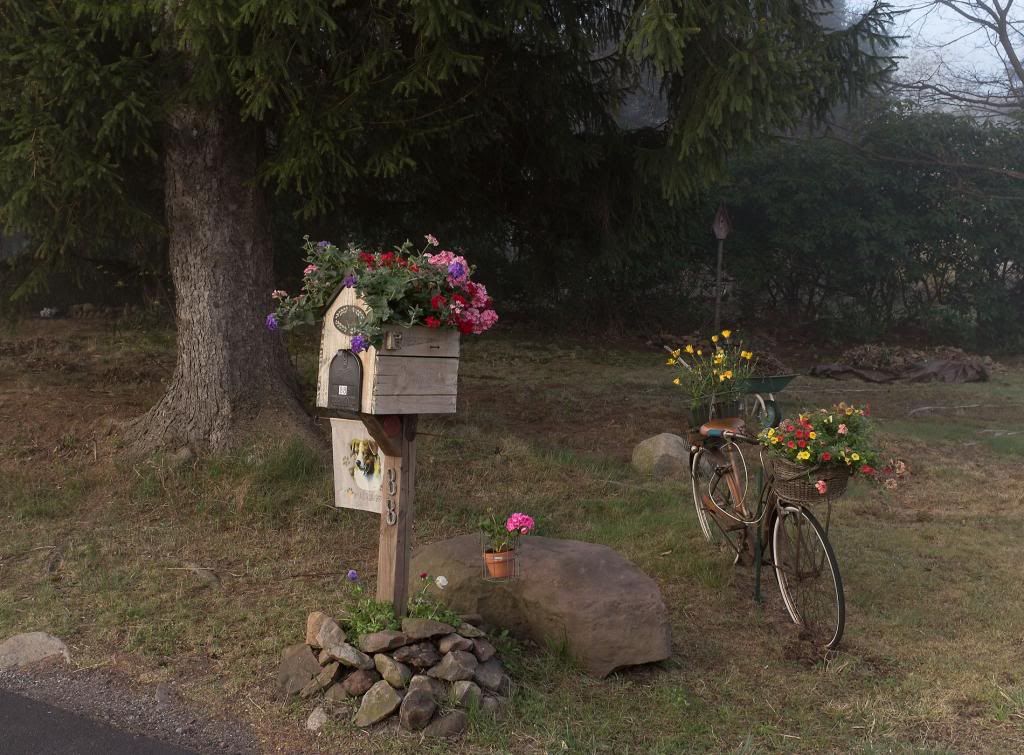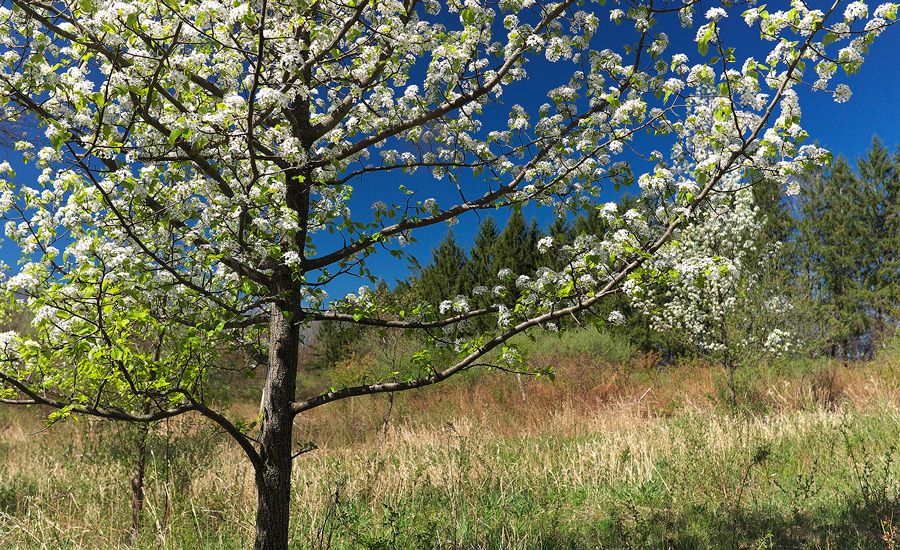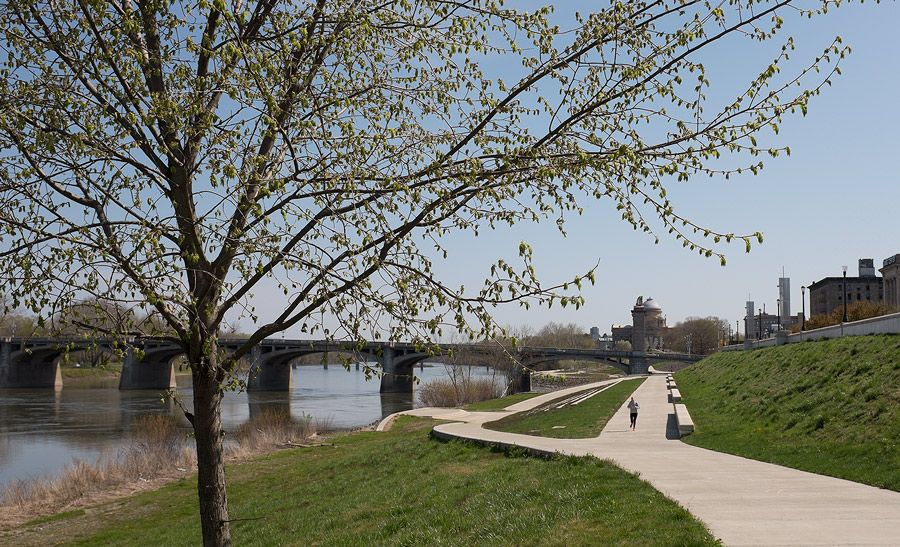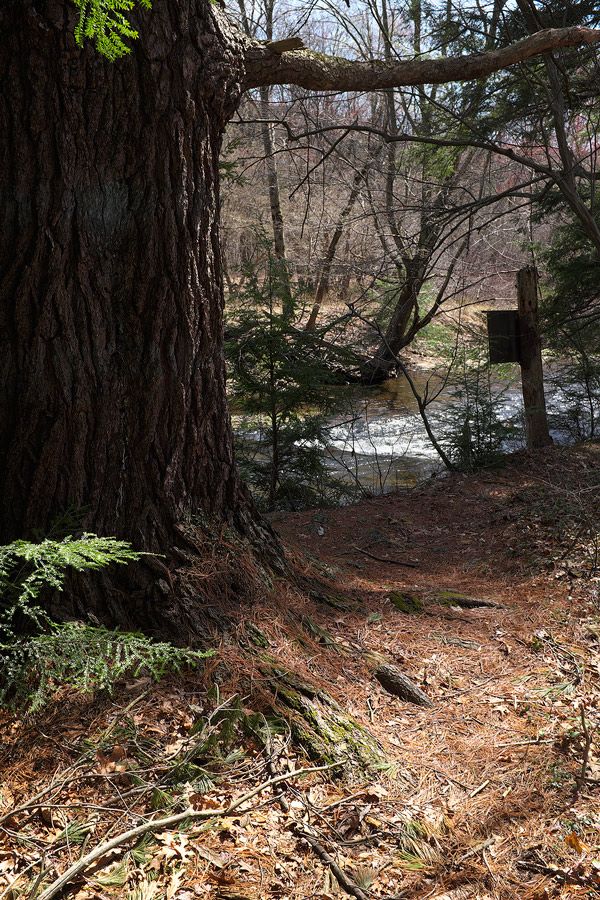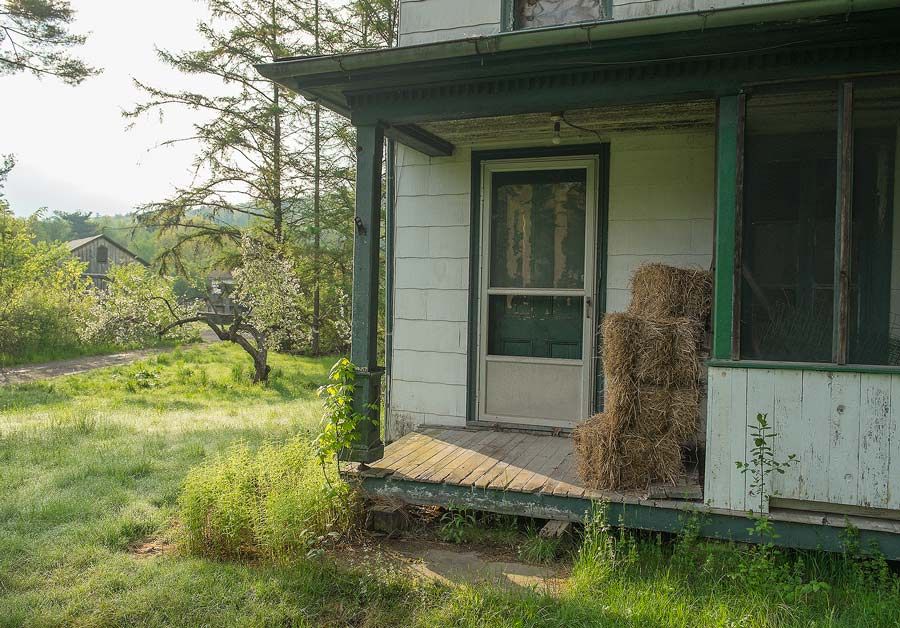
May Morning at the Old Farm (Fujifilm X Pro1,XF18-55mmF2.8-4 R LM OIS)
Like many photographers, I’ve used Photoshop software for many years. I think the first version I owned was Photoshop 6. I’ve consistently upgraded version by version since that release.
This was necessary in part, because I am a raw file shooter, and as we all know, Photoshop does not perpetually update Camera Raw for all new models, unless you have purchased the newest version.
I’ve accepted this, like most other photographers as the cost of doing business. And I recognize that Photoshop is an extremely powerful program, and I’m sure quite expensive to manage and update. So the $180 I typically pay for an upgrade roughly every two years seems justified.
Now I have no issue with companies profiting from the intellectual property they have cultivated. But Adobe’s latest moves have me befuddled.
As many people know, Adobe has decided to forgo further Photoshop version releases. Instead Photoshop will be a program that you’ll license, and for its use pay a monthly fee . This new system requires that the computer where the software resides, periodically check in with the mother company for confirmation that the user has paid his tithe to Adobe. That monthly fee for basic access to Photoshop, (after a yearlong discount) will be roughly $20.00 a month, or obviously $ 240 a year.
So instead of $180 every two years, I will be paying $480 for the same time period.
Granted, one will have use of a constantly evolving software product, with access to the newest updates.
I could understand a modest price hike to perhaps $10.00 a month, or $240 every two years. But the current pricing is seen by many (including myself) as rapacious.
In many ways it’s an in-your-face challenge to photographers. I think this policy has the potential to create a enough resentment, that many former users will look for a work-around, either holding onto their current version of Photoshop for as long as possible, or investigating other software.
This is especially poignant to me, as the user of Fuji cameras, and particularly the X Trans imager, for which Photoshop and camera raw are not the premier raw converter. This fact has prompted me to purchase alternative software for raw development.
There are other software packages available for photo editing including several that are free, but not nearly as powerful as Photoshop. However not everyone needs such feature rich software.
My style of photography for instance is more involved with the capture of the image than aggressive postproduction work. For the most part images that I publish or sell, have had a modest amount of massaging, mainly levels adjustment, perhaps color balance or saturation changes, and then sharpening. I occasionally use the healing brush, to remove an inconveniently located power line, or a piece of debris. I’m not particularly enamored of high dynamic range images which always look unnatural to me.
I’ve never thought of myself as a particularly clever Photoshop user. And it looks like I may not get a lot better now.
For now, the raw files I produce are covered by Photoshop CS 6. Given the relatively crappy job, Photoshop and Camera Raw do with X Trans files, I have been getting comfortable using for instance, Capture 1 in its place. Perhaps GIMP, the somewhat Photoshop-like freeware program will be a” work around”. Even Photoshop “Elements” May be useful.
No product or service, no matter how good and how ubiquitous, is ever essential.
I think Adobe is about to find this out.

